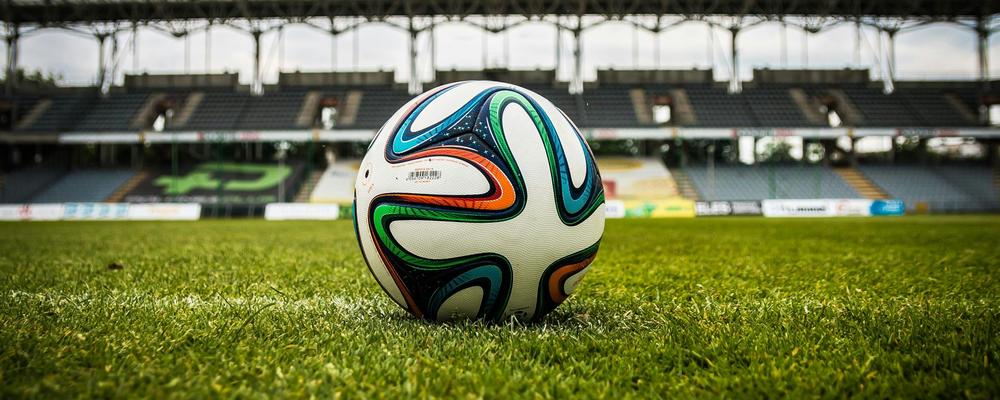Media coverage of the Women's European Championship has increased more and more in recent years.
When the first European Championship for women was held in 1984, there were few media outlets that covered and reported on the championship and the tournament did not receive nearly the same attention as when the same tournament is held for men.
Coverage of women's football increased sporadically after the 1984 championship, but the sport was still strongly characterized by being perceived as a male sport, which contributed to prejudice. It was not until the early 2000s before both the media and the public became aware of the women's championship. Thanks to increased public interest, the media also began to provide more extensive coverage.
A particularly important milestone was the 2013 European Championship, the championship received much more media coverage than before. Interest in women's club football had grown over the years and the professionalisation that took place in the sport contributed to increased media coverage. The fact that Sweden was also successful and had several prominent players also contributed to the increased interest here in Sweden.
Today, media coverage of the tournament is much more extensive, although there are still differences in how women and men are covered. Studies have shown that while coverage has increased, it is still uneven, with some countries and matches receiving more attention than others.
During the conversation, participants will discuss the development and why things look the way they do today.
Participants
Pernilla Nordqvist, PhD student, school of global Studies, University of Gothenburg. Pernilla is, together with Anja Karlsson Franck, responsible for the course Football and Global Politics.
Anna Rydén, reporter, columnist, presenter and commentator at Sportbladet, Aftonbladet.
Moderator will be announced soon.
The conversation will be held in swedish.
Warm welcome!
